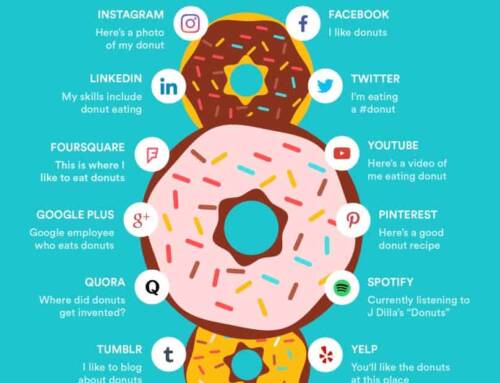
Drive Traffic to Your Website & Increase Conversion Rates
Digital marketing is a fast-paced industry with new technology and innovations constantly changing the landscape.
Visitor Behavior
Visitors typically have 3 goals when searching for information: to learn about something, to act on something (buy, sell, register), or to go somewhere. The best websites manage to provide solutions to all of the above in one visit.
Where is traffic coming from?
There are many ways to attract visitors to your website. Organic traffic, where people find your site through looking at search results, is the best, but requires a lot of online interaction. It might take longer to see results than paid traffic, where visitors come to your site through paid ads. Visitors can also find you through referral traffic, which is like “word of mouth” from other websites that link to yours.
How to drive traffic to your website:
- Use keywords that will show up in search queries
- Link social media posts back to your website
- Link building: the number of people that link to your website and the quality of those links will increases where you show up in a google search
- Have guest blog posts
- Use your blog to target different keywords and topics related to your niche
- Use PPC and social ads to increase traffic and improve visibility
- Become an expert in your niche by answering difficult questions related to your services or products—useful content can include images, videos, infographics
- Add offline campaigns aligning with online campaigns for maximum results—direct mail marketing, brochures, podcasting, events
How to create high conversion rates
So how do you convert visitors to customers? What potential customers want can be broken down into “Do-Know-Go.”
A website should have answers and solutions for a range of questions and needs. For example, a new parent might wonder why children cry for no reason. Depending on how your website is structured they might end up buying your products!
Do: The searcher wants to do something—help a crying child. In this case, every solution on your website should have a link with your products and reviews on how they helped other parents.
Know: The searcher wants to know something and is looking to learn—Why do children cry for no reason? A new parent might be wondering and may click on the link that takes them to your page about how to comfort children and prevent excessive crying.
Go: The searcher wants to go somewhere, usually to a specific website—“pacifier website.” A parent is more likely to purchase a product from your web page since your website provide the information that answered all the questions.
How to optimize your website for Do-Know-Go
Your website needs the following:
- Information about the service or product, like what sets you apart in your industry
- A clear call to action
- Assistance (live chat)
- Reviews
- Any certificates and awards
Driving traffic to your website and improving conversion work hand in hand. Businesses need to invest in both to succeed at digital marketing.

Drive Traffic to Your Website & Increase Conversion Rates
Digital marketing is a fast-paced industry with new technology and innovations constantly changing the landscape.
Visitor Behavior
Visitors typically have 3 goals when searching for information: to learn about something, to act on something (buy, sell, register), or to go somewhere. The best websites manage to provide solutions to all of the above in one visit.
Where is traffic coming from?
There are many ways to attract visitors to your website. Organic traffic, where people find your site through looking at search results, is the best, but requires a lot of online interaction. It might take longer to see results than paid traffic, where visitors come to your site through paid ads. Visitors can also find you through referral traffic, which is like “word of mouth” from other websites that link to yours.
How to drive traffic to your website:
- Use keywords that will show up in search queries
- Link social media posts back to your website
- Link building: the number of people that link to your website and the quality of those links will increases where you show up in a google search
- Have guest blog posts
- Use your blog to target different keywords and topics related to your niche
- Use PPC and social ads to increase traffic and improve visibility
- Become an expert in your niche by answering difficult questions related to your services or products—useful content can include images, videos, infographics
- Add offline campaigns aligning with online campaigns for maximum results—direct mail marketing, brochures, podcasting, events
How to create high conversion rates
So how do you convert visitors to customers? What potential customers want can be broken down into “Do-Know-Go.”
A website should have answers and solutions for a range of questions and needs. For example, a new parent might wonder why children cry for no reason. Depending on how your website is structured they might end up buying your products!
Do: The searcher wants to do something—help a crying child. In this case, every solution on your website should have a link with your products and reviews on how they helped other parents.
Know: The searcher wants to know something and is looking to learn—Why do children cry for no reason? A new parent might be wondering and may click on the link that takes them to your page about how to comfort children and prevent excessive crying.
Go: The searcher wants to go somewhere, usually to a specific website—“pacifier website.” A parent is more likely to purchase a product from your web page since your website provide the information that answered all the questions.
How to optimize your website for Do-Know-Go
Your website needs the following:
- Information about the service or product, like what sets you apart in your industry
- A clear call to action
- Assistance (live chat)
- Reviews
- Any certificates and awards
Driving traffic to your website and improving conversion work hand in hand. Businesses need to invest in both to succeed at digital marketing.










